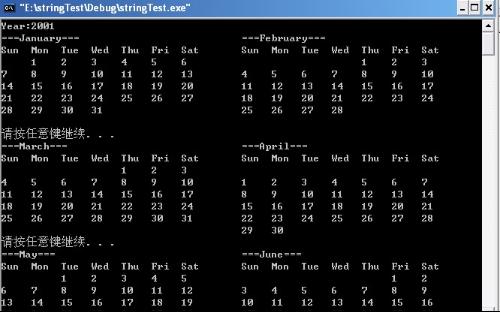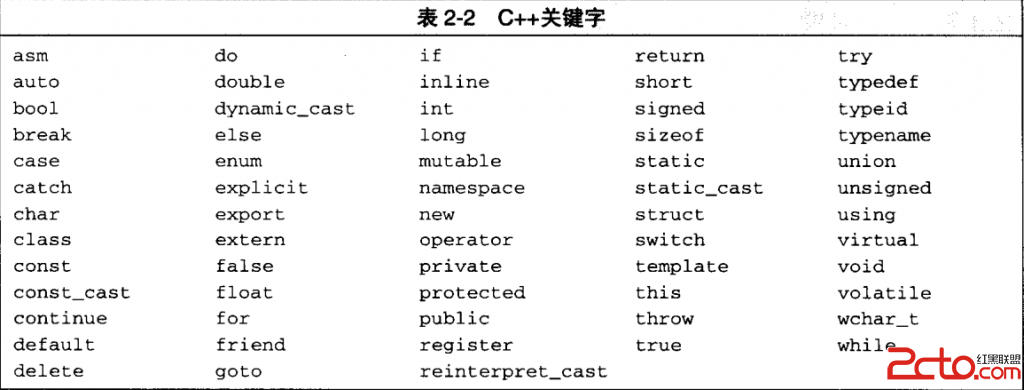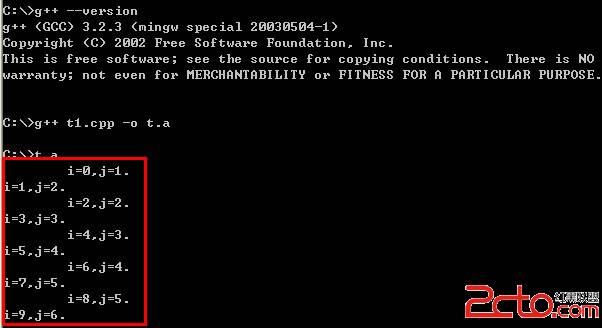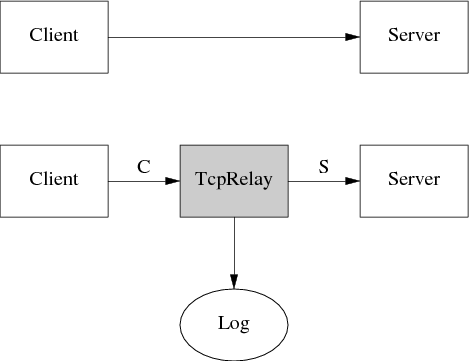NSInvocation使用示例
一、概述
在 iOS中可以直接调用 某个对象的消息 方式有2种
第一种方式是使用NSObject类提供的performSelector系列方法
还有一种方式就是使用NSInvocation进行动态运行时的消息分发,动态的执行方法,相信大家一定经常使用NSObject
类提供的performSelector系列方法,在这里就不再对此进行描述了,今天主要是分享一下使用NSInvocation动态执行
方法。
二、NSInvocation的使用
1、执行类方法
demo代码如下:
[cpp]
- (void)testClassMethod{
NSString *string = nil;
//初始化NSMethodSignature对象
NSMethodSignature *sig = [NSString methodSignatureForSelector:@selector(stringWithString:)];
//初始化NSInvocation对象
NSInvocation *invocation = [NSInvocation invocationWithMethodSignature:sig];
//设置执行目标对象
[invocation setTarget:[NSString class]];
//设置执行的selector
[invocation setSelector:@selector(stringWithString:)];
//设置参数
NSString *argString = @"test method";
[invocation setArgument:&argString atIndex:2];
//执行方法
[invocation retainArguments];
[invocation invoke];
//获取返回值
[invocation getReturnValue:&string];
NSLog(@"执行结果 ====%@",string);
}
2、执行实例方法
demo示例代码如下:
[cpp]
- (void)testInstanceMethod{
NSString *string = [NSString stringWithFormat:@"我是一个string"];
NSLog(@"1=%@",string);
SEL subStringSel = @selector(substringFromIndex:);
//初始化NSMethodSignature对象
NSMethodSignature *methodSignature = [[NSString class]
instanceMethodSignatureForSelector:subStringSel];
//初始化NSInvocation对象
NSInvocation *myInvocation = [NSInvocation invocationWithMethodSignature:methodSignature];
//设置target
[myInvocation setTarget:string];
//设置selector
[myInvocation setSelector:subStringSel];
//设置参数
int arg1 = 2;
[myInvocation setArgument:&arg1 atIndex:2];//参数从2开始,index 为0表示target,1为_cmd
//获取结果 www.zzzyk.com
NSString *resultString = nil;
[myInvocation invoke];
[myInvocation getReturnValue:&resultString];
NSLog(@"2=%@",resultString);
}
补充:软件开发 , C++ ,





